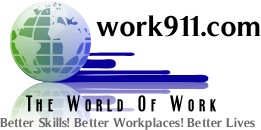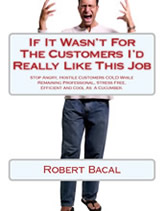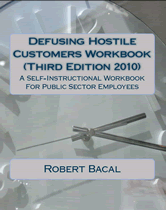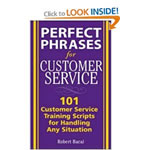
Staunching The Paper Flow - Tips For Time Management
If you are like many managers and executives, each day brings a fresh river of paper to your desk. Some small percentage may be important enough to require immediate action. Some will require action, but not immediate action. Then there is material that requires no action, but, for one reason or another should be retained. And, some material will have no value to you whatsoever.
The key to effective paper management is to have an organized and coherent system so that a) important material is not lost or action delayed, and b) unimportant or valueless material does not take up an inordinate amount of your time. In this article, we will look at some tips to help you optimize the time you spend dealing with the paper that crosses your desk.
Have Your Mail Pre-Categorized
Most offices process mail by having an administrative/support employee open/date stamp incoming mail and paper. There is no reason why the same person cannot pre-sort the mail as it is opened. There are several ways to do this. A rudimentary sort can be done to separate the material according to its type. Advertisements/junk mail can be kept together, as can customer/client correspondence, reports of various types, internal memos,etc.
A second method requires more knowledge on the part of the employee. When the mail is sorted, it is categorized in terms of its importance or urgency. The most critical material is presented to you on top of the pile, or in a separate file.
Both pre-categorization methods are designed to reduce the amount of time you spend sifting through the material, but both methods require you to spend time explaining to staff what is important and what is not. Once this is clear, significant time savings can be achieved.
Make Some Decision On Each Item
Your goal is to handle each item once and only once. Routine paperwork (material that does not require much of your time) should be dealt with as it is examined. For example, a staff member needs an extension on a project. On reading the memo, try to make a decision AT THAT TIME. Either approve the request with a short note on his/her memo and return to sender, or deny the request in the same manner. If you require more information, indicate THAT on the memo and return.
Even if you can't make a decision on the issue, make a decision about the memo, and move it off your desk.
Use The TRAF Technique
Stephanie Winston, author of The Organized Executive suggests that there are only four and a half things you can do with paper. You can Toss, Refer, Act, File or Read (that's the half!). She suggests that you:
"Sort all incoming papers through the TRAF system, moving them from your desk to wastebasket, referral folder, action box, file box or reading stack." (p.43)
Some material simply has little or no value to you. Rather than keeping material on your desk, Toss any valueless material immediately. Junk mail might fall into this category, but so might many For Your Information memos, and other reports that are sent to you on a regular basis but require no action on your part.
There is no need for you to act on each piece of paper that crosses your desk. Whenever possible Refer to someone else for action, making sure you provide sufficient information so the person handling the action knows what you expect.
Some material requires immediate action. When you sift through your paperwork, identify items that you can take action on immediately, where action will NOT require large investments of time. Where the action will be time consuming (eg. writing a report), set the item aside so you can devote proper attention to it. It is often useful to schedule the time needed to complete the required task.
Material that requires no action but needs to be retained can be placed in the to file folder. It is a good idea to mark on each item, a "retain until" date.
The "half" action is Read. Short items can be read immediately. Items that will require more than five to ten minutes to read should be set aside, to be dealt with during your "reading periods". It may be a good idea to keep two piles of reading material--items that MUST be read, and items that would be NICE to read. Anything not falling into one category or the other should be tossed.
Eliminate Unnecessary Incoming Items
Consider the material that you receive on a regular basis. These may include weekly or monthly reports from staff, other managers, etc. Many of these will have little value to you, although some may need to be retained "just in case". Ask yourself the following question for each such item:
What is the worst thing that can happen if I don't receive or see this?
If that worst thing really isn't very terrible (often it's not), ask to be taken off the distribution list, or have your secretary (if you have one) gate these out by filing them automatically.
Reduce Routine Staff Reporting
Some organizations ask staff to submit regular updates/status reports to the manager. Whatever time period you currently use, ask yourself whether these reports can be submitted less frequently. Also, can written reports be replaced by short verbal updates at staff meetings?
Keep in mind that time savings here can be multiplied since you can reduce the time YOU must spend examining such reports, and reduce the time spend by staff PREPARING reports.





